How To Use
If you haven't already been introduced, get to Know Your Edge.
By self-tuning you accept the risk of damaging or ruining your edges, so be careful!
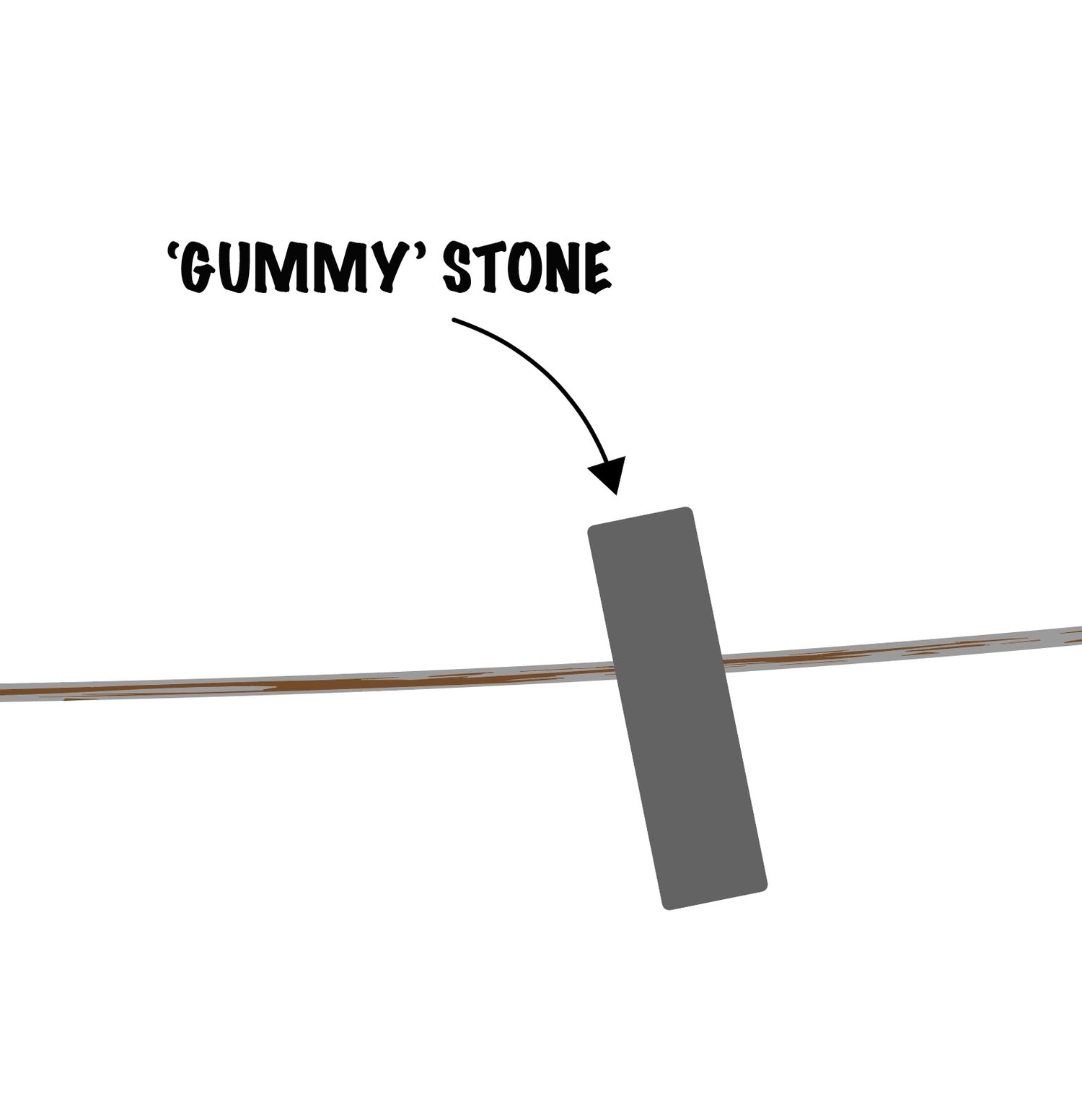
Step 1: Remove bottom edge rust
Bottom edge rust should be removed using a 'gummy' stone.
Do not hand file or grind the bottom edge. Read Know Your Edge.
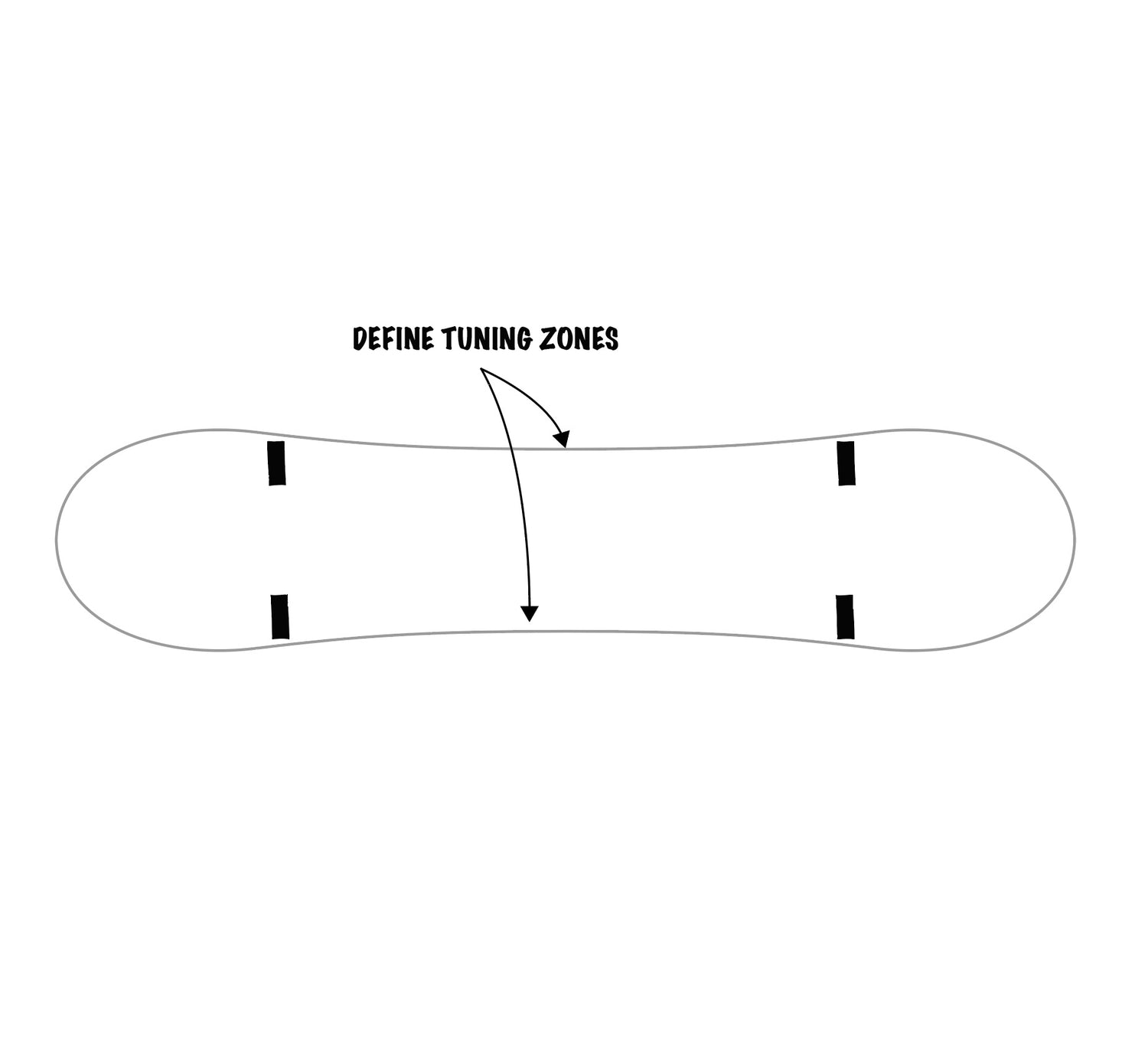
Step 2: Determine start / stop points
Most skiers and snowboarders tune the effective edge, which is the area between the tip and tail that makes contact while carving.
The tip and tail are usually detuned (made less sharp).
This approach provides a less 'catchy' ride while giving maximum control while carving, skidding, and stopping.
We recommend you mark with tape where you intend to start and stop tuning.
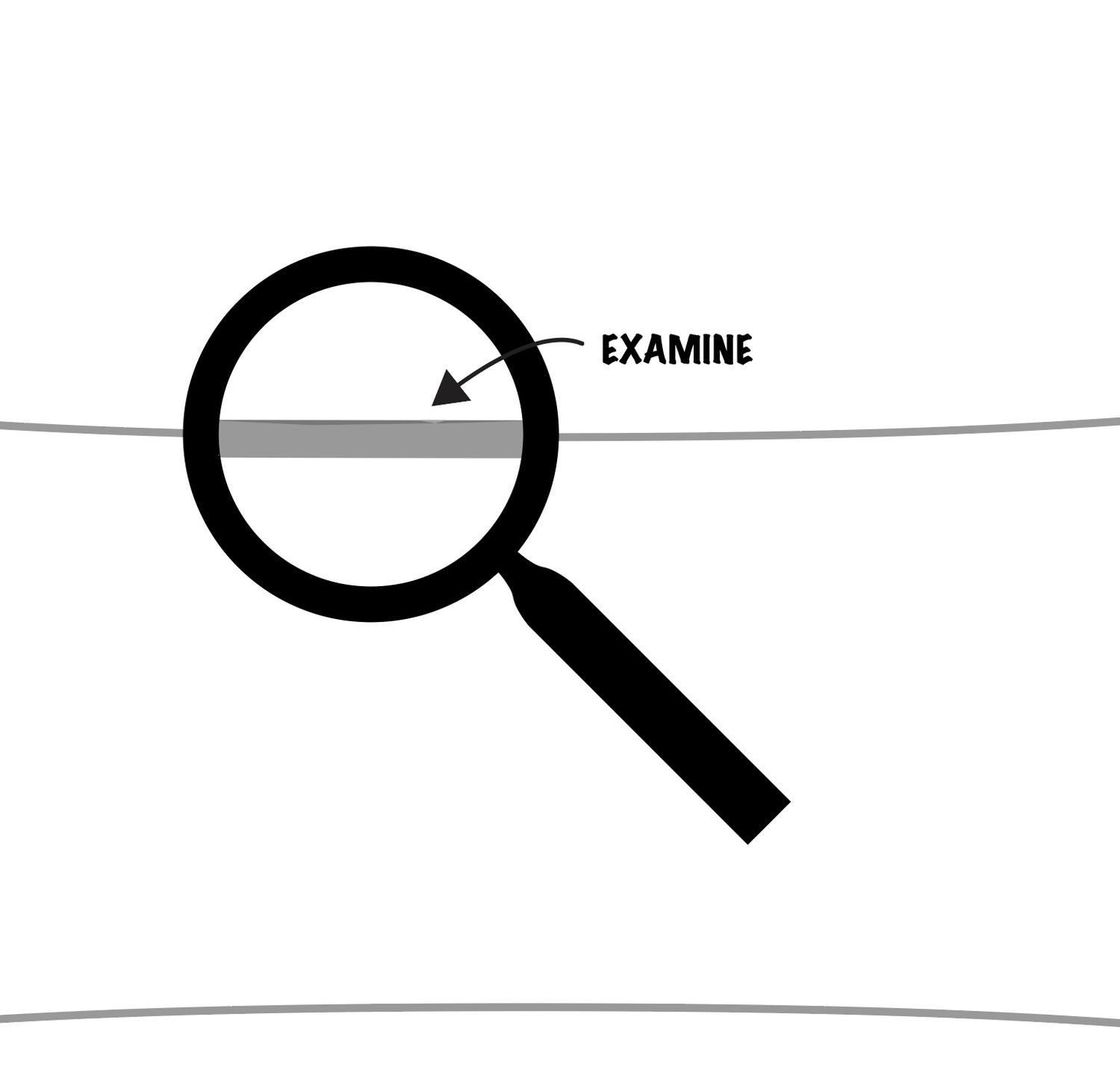
Step 3: Examine your edge
Run your finger along your edge to feel how dull it is.
Better, use a magnifying glass (most phones have an app for that).
This should give you a feel for how much edge material you will need to remove to restore a true edge. Usually this isn't very much, unless you haven't tuned your edge for a season or more.
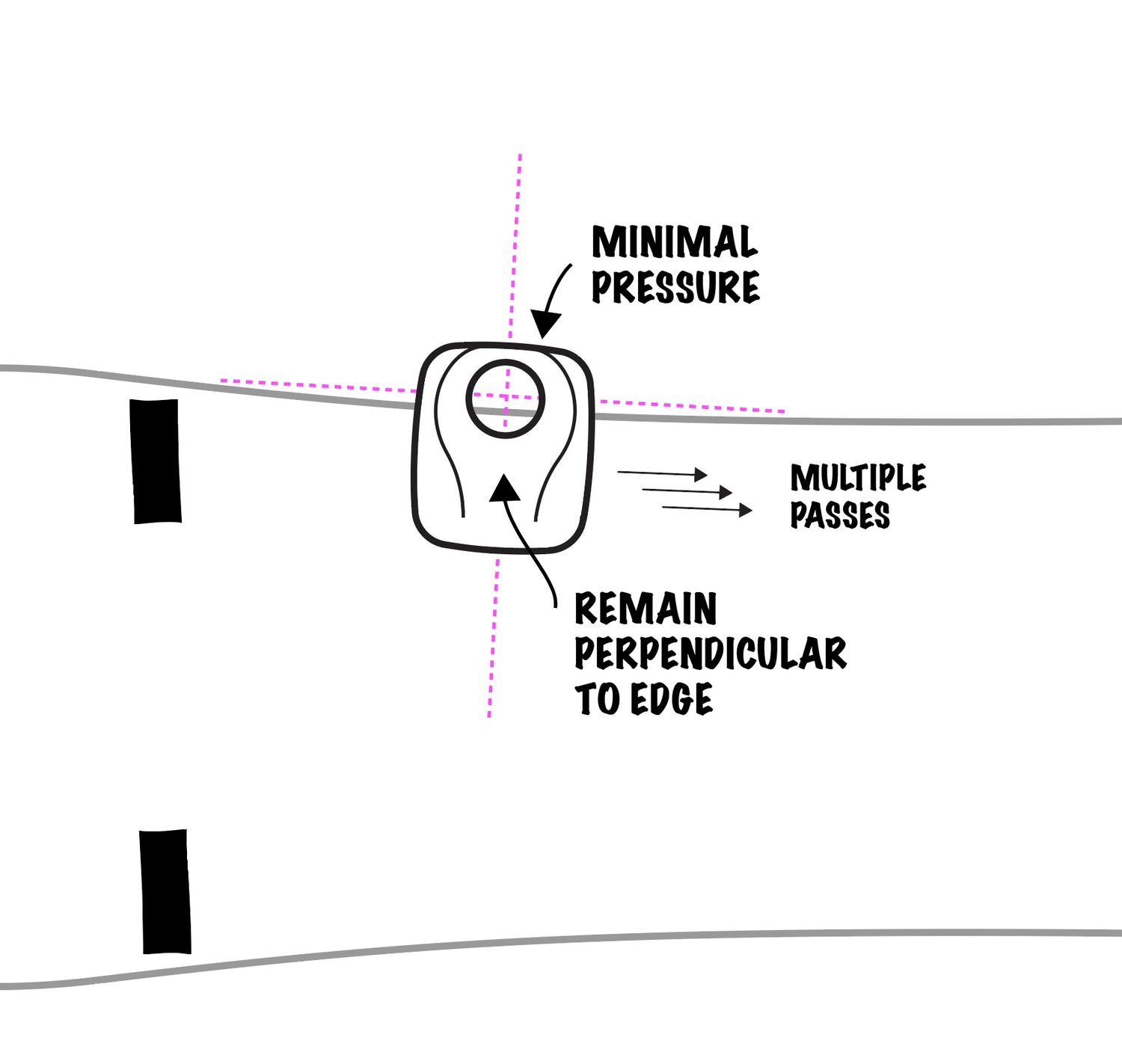
Step 4: Tune with care
- Apply minimal pressure
- Keep the tuner perpendicular to edge
- Don't attempt to restore the edge in one pass
- Check edge after each pass (with finger test, or better, with a magnifying glass)
- To prolong edge life, take as little edge material off as necessary to restore a true edge
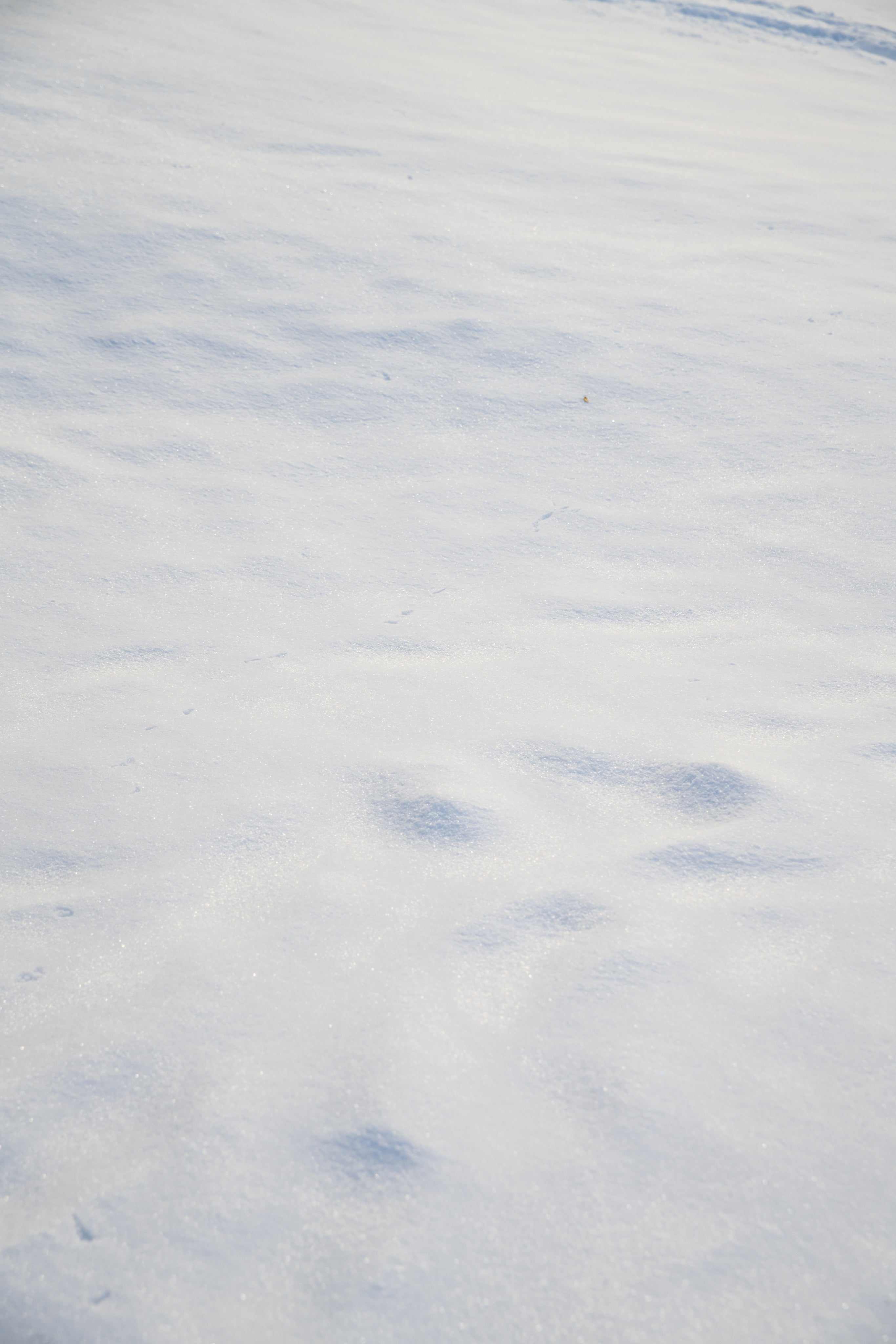
Know Your Edge
You should understand the basics of ski and snowboard edges before attempting to tune. Read more here.